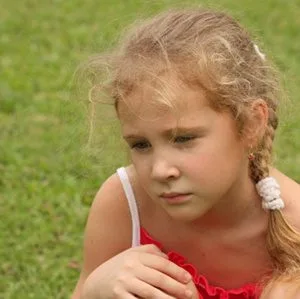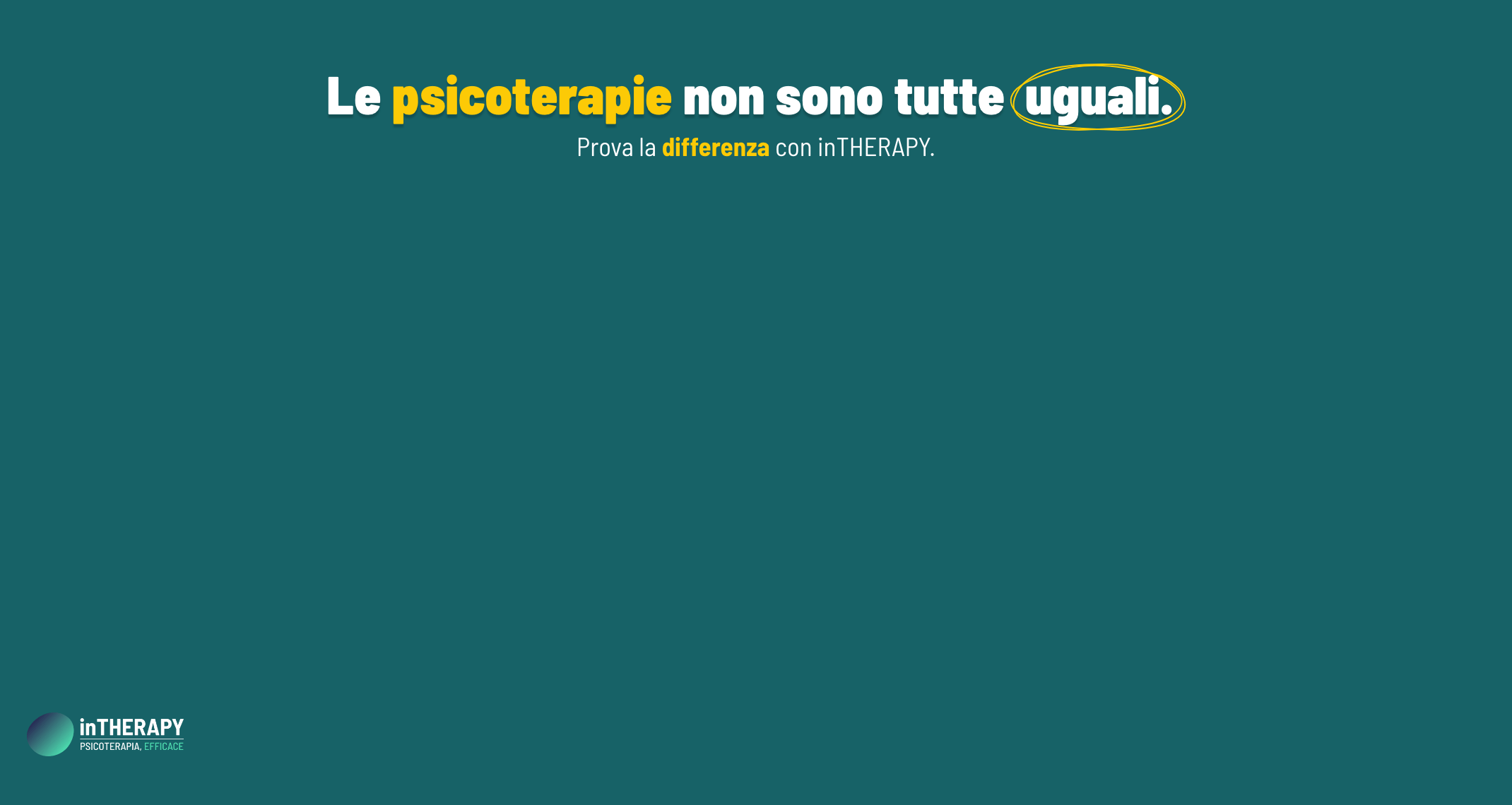
Brumariu and Kerns (2008) assessed the attachment style of children during grade three (approximately nine years old) and again during grade five (approximately 11 years old). At the first time point, measures of attachment were taken using two questionnaires. The same questionnaires were completed at the second time point as well as a child completed questionnaire measuring their social anxiety. Longitudinal analyses showed that anxious/resistant attachment style was most consistently associated with social anxiety symptoms compared to other forms of attachment. Simultaneous measures, at grade five, showed that higher resistant attachment scores were related to higher social anxiety. Although attachment was not measured using the SSP, the association between anxious/resistant attachment and social anxiety symptoms has been replicated using the SSP.

Bar-Haim, and colleagues (2007) examined the relationship between attachment style and anxiety in 136 infants and their parents. At 12 months of age, children’s attachment styles were assessed using the SSP. The Screen for Child Anxiety Related Emotional Disorders (SCARED) was completed by both parents and children at 11years of age to rate child anxiety. The results demonstrated that, compared to children who were securely attached in infancy, children with a resistant attachment had higher levels of school phobia.
Overall, compared to healthy control mothers, it appears that depressed and anxious mothers are more likely to have infants who have an insecure attachment style. Further, it appears that those children with an insecure attachment style are more likely to develop both internalizing and externalizing disorders. While some research points to a specific association between resistant attachment style and the development of anxiety disorders, this has not been conclusively established. Next I will discuss studies that have found results inconsistent with the findings described here.
READ ALSO: ATTACHMENT SERIES – ANXIETY DISORDERS
REFERENCES:
- Bar-Haim, Y., Dan, O,. Eshel, O,. Eshel, Y., & Sagi-Schwartz, A. (2007). Predicting children’s anxiety from early attachment relationships. Journal of Anxiety Disorders, 21, 8, 1061 – 1068.
- Brumariu, L. E & Kerns, A. K. (2008). Mother-child attachment and social anxiety symptoms in middle childhood. Journal of Applied Developmental Psychology, 29, 393 – 402. (DOWNLOAD FULL ARTICLE)

